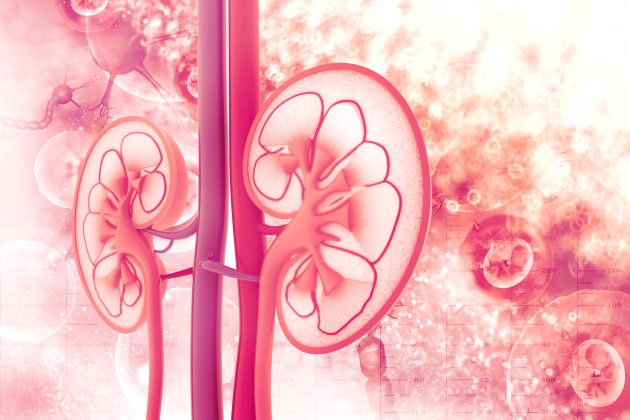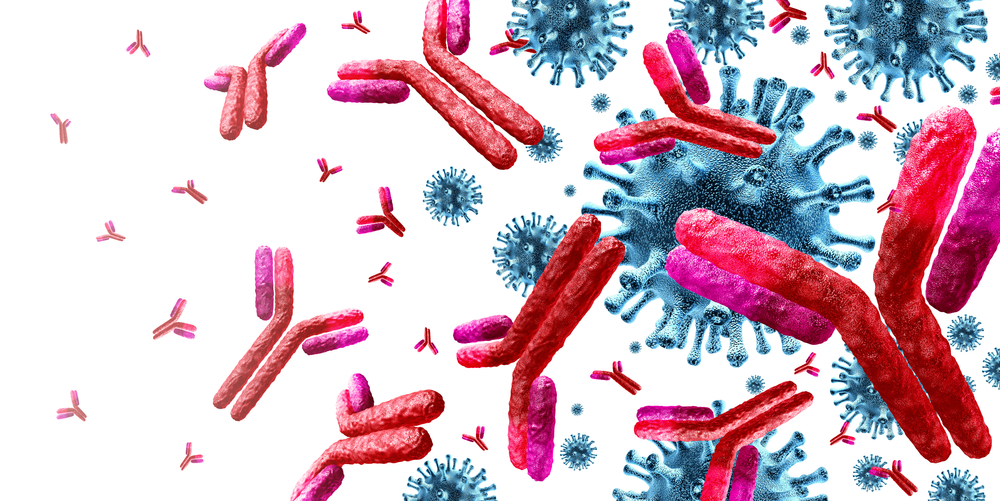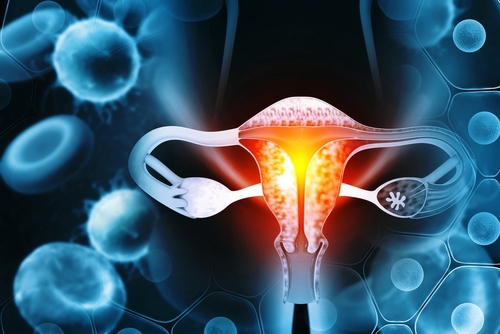Parkinson’s disease psychosis (PDP) spans illusions, hallucinations, and delusions that can emerge across the disease course, often progressing from minor to more structured experiences. It reflects not just dopaminergic therapy effects but intrinsic PD-related network dysfunction affecting visual perception, multimodal integration, attention, and reality monitoring. Structurally, both minor and formed hallucinations align with cortical atrophy across posterior and limbic hubs—including cuneus/precuneus, middle occipital, lingual and fusiform gyri, supramarginal and angular gyri, anterior cingulate, hippocampal regions, and thalamus. Recognizing this continuum supports earlier screening and ongoing monitoring in routine care.
Functionally, PDP features impaired top-down attentional control, abnormal coupling between the default mode and visual networks, and thalamic–posterior cortical disconnection that disinhibits the default mode network. Neurochemically, cortical cholinergic loss and upregulated 5-HT2A receptor binding (ventral visual stream, medial orbitofrontal cortex, insula) are prominent. Therapeutically, agents that reduce cortical postsynaptic 5-HT2A activity represent a key advance. Tailoring treatment to symptom profile and comorbidities, alongside caregiver education, can improve outcomes.
Reference: Pagonabarraga J, Bejr-Kasem H, Martinez-Horta S, Kulisevsky J. Parkinson disease psychosis: from phenomenology to neurobiological mechanisms. Nat Rev Neurol. 2024;20(3):135-150. doi: 10.1038/s41582-023-00918-8.









